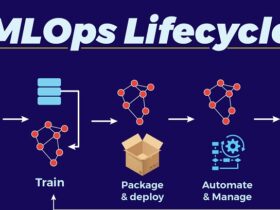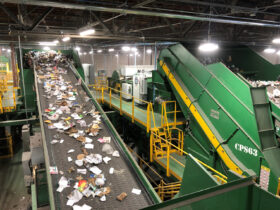If you have ever played a game of Tetris, or watch someone else play it, then you probably understand the fundamentals needed in layer building for your pallet loading operations. This vital operation takes the dimension of each product item or case and finds a way to maximize the number of products in each layer, while maintaining stability and a tight pack. The ideal way to do this effectively is by using a layer build palletizer.
The most basic, old school method is to build layers is hand loading your pallet. This method is time-consuming, hard to duplicate and potentially dangerous for employees. A varied number of product sizes and weights can make it difficult to optimize product placement within layers, which can in turn negatively affect shipping costs. Manual layer building will all but eliminate the efficient and safe packing of heavy or tall pallets that fall outside of standard operations.
Automation of layer building is a vital operation for many businesses. The importance of using an effective layer build palletizer will be especially necessary for loads that contain a variety of product sizes. You may have shipments going to customers that contain different products or different sized cases. Making layer building a priority in your palletizing system will optimize your ability to pack maximize product placement into each layer. This will cut time needed to load each pallet and, hopefully, help you experience a decrease in shipping costs.
Your product layers can be moved onto a pallet load via a modular, conventional palletizing system or by robotic transfer. With either system, layer building is key. Some might even argue that efficiency in your layer build is even more vital with a robotic system, particularly for products that are in more delicate packaging or are in odd configurations. With these types of products, the “Tetris” model is no longer possible. Having an automated, layer build palletizer will continue to provide accuracy and efficiency in the process without sacrificing potential damage to delicate product packaging that would decrease profit margins.
The market offers a variety of layer build equipment for low fill or high fill systems, which means customization for your unique product needs is easily accomplished. There are many modular systems that can meet not only these needs, but also fit into your budget and floor space. Be sure to consider reductions in overall packaging and shipping costs as a result of adding a layer build palletizer when estimating budgets for implementing any new system.
Ultimately, your goal within the layer building process should be pallet coverage of 95%. A module for layer building as part of your palletizing system will help you reach that goal with efficiency.










